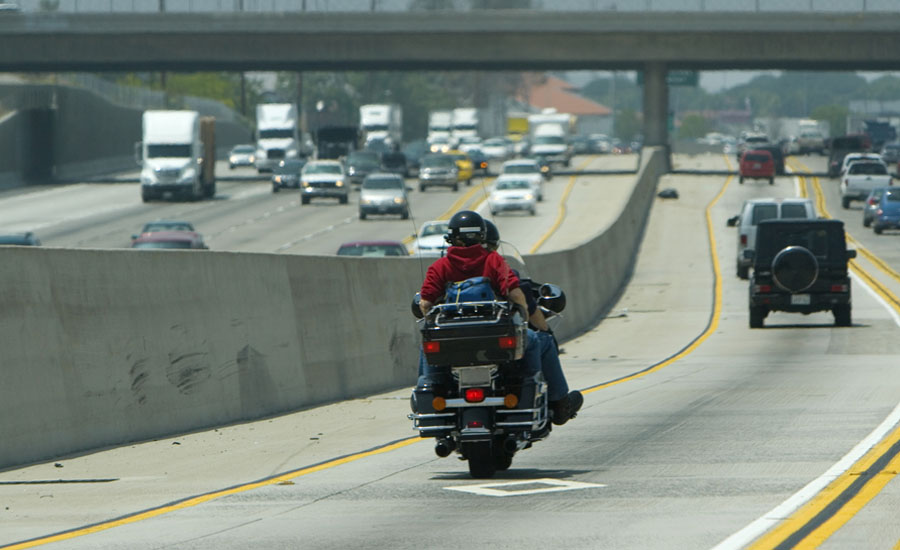10. Nursery Worker or Teacher (85 dB)
A class of 30 children can be exceptionally noisy. Nursery workers and teachers suffer the effects of excessive noise — up to 85 dB — which, with continued and prolonged exposure, can cause damage to the eardrum.
9. Motorcycle Courier (90 dB)
Riding a motorcycle at 50 mph exposes the driver’s ears to 90 dB of noise under the helmet.
8. Classical Musician (95 dB)
Studies have shown that classical musicians are exposed to noise levels during performances and rehearsals of up to 90 dB. The loudest classical instrument is the flute.
7. Commuter Music (100 dB)
It’s not strictly a job, but for many it is part of their commute into work. Listening to music with headphones on while traveling can be hazardous to hearing. Often the volume is turned up to dangerous levels to be heard over the rumble of the bus, car, or subway reaching 100 dB.
6. Factory and Farm Worker (105 dB)
People who work with loud machinery often suffer from hearing loss and tinnitus. Farm workers also have to deal with excessive animal noise. Feeding pigs has been found to expose farm workers to a squealing noise of 105 dB.
5. Rock Star (110 dB)
Some bands and singers are exposed to around 110 dB on stage during concerts and rehearsals. Musicians such as Will.I.Am from the Black Eyed Peas, Pete Townsend, and KT Tunstall have all admitted their hearing has been affected as a result, suffering from tinnitus.
4. Nightclub Worker (115 dB)
Bouncers stand outside a club and are safe from too much noise, but workers at the bar working long shifts can be subjected to noise levels of up to 155 dB.
3. Construction Worker (120 dB)
Construction workers are exposed to noise all day long. The loudest tool is identified as the hammer drill, which registers an ear-shattering 120 dB.
2. Formula One Driver (135 dB)
Drivers seated in the cockpit right in front of the engine deal with noise levels reaching as high as 135 dB.
1. Airport Ground Staff (140 dB)
Workers who direct jet engines in landing and take-off are subjected to 140 dB of sound in one go. Ear muffs are a very necessary piece of safety equipment.
Source: www.acousticalsurfaces.com




